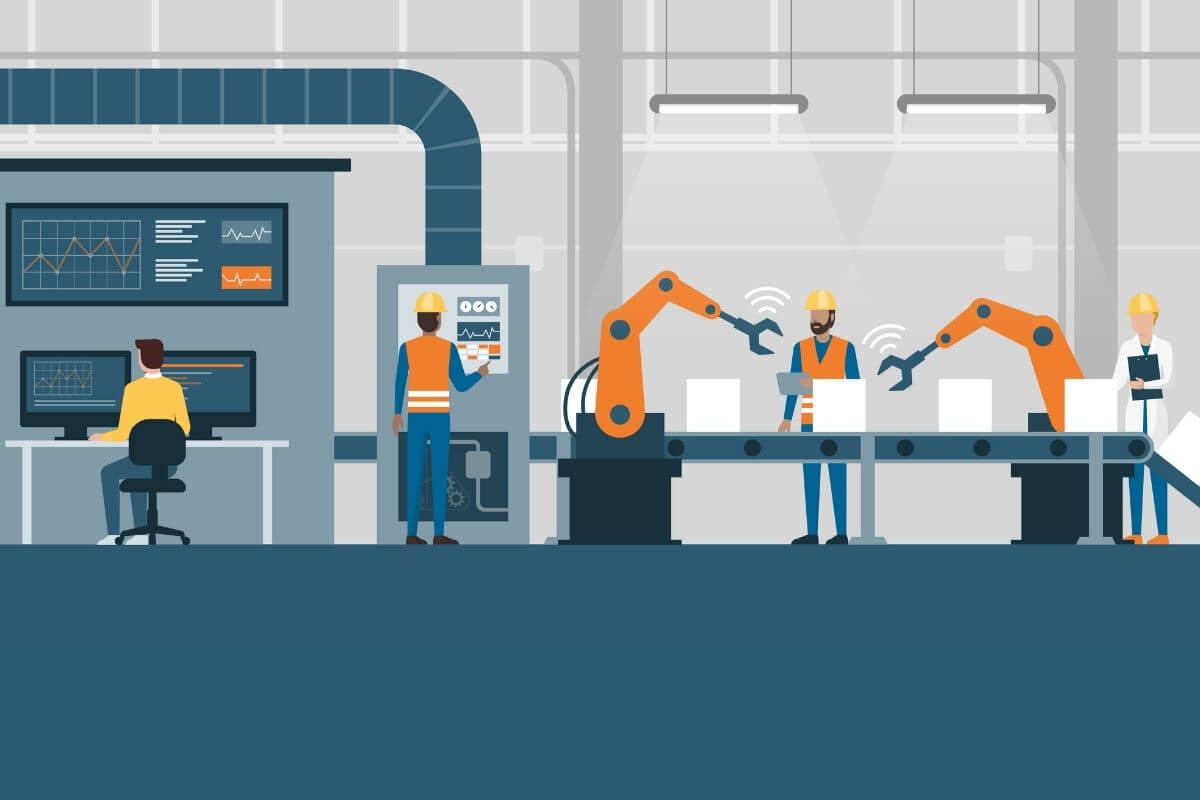How smart wearables support the continuous improvement process on the shopfloor
In order to be competitive on the market in the long term, it is essential to continuously adapt and improve or optimize existing processes.
In many companies, the continuous improvement process (CIP) has established as a good option. This is characterized by the continuous improvement of product, process and service quality. The focus is on many small improvements.
In the process, employees work independently on ongoing improvements in their departments or in their area of responsibility. In the long term, it is important to integrate the CIP into the corporate culture in order to achieve economic success.
This process was first coined by Toyota and its production system. Since the beginning of the 1990s, the CIP has become pronounced in companies worldwide.
CIP includes many smaller measures to improve a wide variety of areas in the company. These can include production, service or a wide variety of work steps and processes. Employees are encouraged to independently and continuously review where and how they can improve their daily work steps and processes. The aim is to identify many small measures that can be implemented quickly, rather than planning a lengthy and large-scale project.
To implement this process, one possible CIP approach is the PDCA method.
In order to support this CIP method and to implement it in the company as quickly as possible, the use of smart wearables is a suitable option:
Data recording of production processes
By using smart wearables on the shopfloor, data from production processes are recorded automatically. This makes it possible to identify potential for improvement more quickly and at a glance. By recording real-time data, problematic bottlenecks or even machine failures are documented, for example, and specific measures can be formulated afterwards to optimize or improve them.
Collection of feedback
It is also possible to systematically collect feedback via smart wearables. This could be done, for example, by sending a direct question “Was that helpful?” to the smartwatch after completing a task. Employees can answer with “yes” or “no” and, based on the evaluation, measures can be developed, tested and, if they work positively, integrated as standard in the company.
Direct live questions and the possibility to answer them quickly ensure that almost no time is lost, feedback is constantly communicated and all employees are involved in the continuous improvement process.
In the long run, this leads to transparency of the processes on the shopfloor that need improvement.
Identification of faults/errors
By using smart wearables and recording relevant data, it is also possible to identify malfunctions or faulty processes that are normally difficult to detect. These include, for example, micro faults that are not noticeable individually, but are associated with high costs and time expenditure in total.
Without the use of smart wearables, potentials on the shopfloor are rarely recognized – and if they are, then only through a high additional workload. The use of smart wearables ensures that all important data is stored and available in a format that can be evaluated quickly and without special prior knowledge and provides information about possible improvements.
To get an aucobo solution tailored to your company, feel free to contact us!

